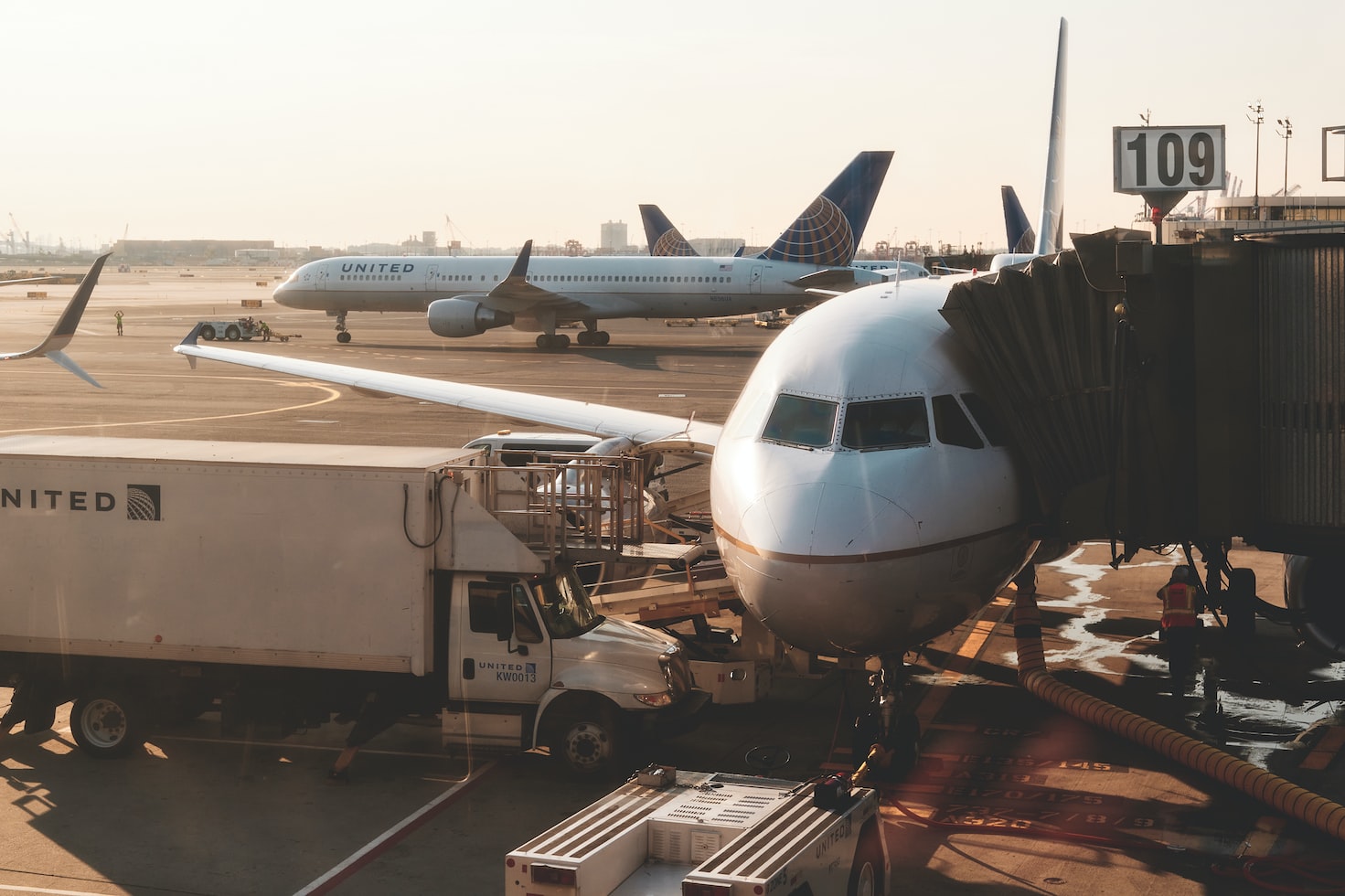As the aviation industry continues to evolve, the focus on maximizing non-ticket revenue has become increasingly important for both airports and airlines. With the rise of low-cost carriers and the growing trend of unbundling services, airlines are relying more heavily on ancillary revenue streams to boost their bottom line. At the same time, airports are looking for ways to increase their revenue outside of traditional sources like landing fees and terminal rents. In this article, we will explore the relationship between airport management and airline ancillary revenue, and how airports can work with airlines to maximize their non-ticket revenue.
The Importance of Ancillary Revenue
Ancillary revenue has become a crucial aspect of airline profitability. In fact, according to a report by IdeaWorksCompany, the world’s airlines generated a record $109.5 billion in ancillary revenue in 2019. This includes revenue from sources such as baggage fees, onboard food and beverage sales, and seat selection fees. For airlines, ancillary revenue has become a way to offset the low margins on ticket sales and remain competitive in the market.
At the same time, airports are also looking to increase their revenue streams. Traditionally, airports have relied on landing fees, terminal rents, and parking fees to generate revenue. However, as the aviation industry has become more competitive, airports have had to look for new ways to generate revenue. By working with airlines to increase their ancillary revenue, airports can create a mutually beneficial relationship that benefits both parties.
Maximizing Ancillary Revenue
So how can airports work with airlines to maximize their non-ticket revenue? One approach is to establish partnerships with airlines to promote their ancillary products and services. For example, an airport could work with an airline to promote its onboard food and beverage options to passengers. By offering special deals and promotions, the airport can encourage passengers to purchase these items and generate additional revenue for the airline. At the same time, the airport can earn a commission on these sales, providing an additional source of revenue.
Another approach is to work with airlines to develop new ancillary revenue streams. For example, an airport could work with an airline to develop a new loyalty program that rewards passengers for using the airport’s facilities. This could include discounts on parking, access to airport lounges, and other perks. By promoting the program to passengers, the airport can encourage them to use the airport more frequently, generating additional revenue for both the airport and the airline.
Finally, airports can work with airlines to optimize their existing ancillary revenue streams. This could include analyzing passenger data to identify opportunities to increase sales, or implementing new technologies to make it easier for passengers to purchase ancillary products and services. By working together, airports and airlines can identify opportunities to increase revenue and create a more seamless passenger experience.
Conclusion As the aviation industry continues to evolve, maximizing non-ticket revenue has become increasingly important for both airports and airlines. By working together to increase ancillary revenue streams, airports and airlines can create a mutually beneficial relationship that benefits both parties. Whether it’s through partnerships, new revenue streams, or optimizing existing ones, there are many ways that airports and airlines can work together to maximize non-ticket revenue. As the industry continues to evolve, it will be important for both airports and airlines to stay ahead of the curve and continue to find new ways to generate revenue outside of traditional sources.


